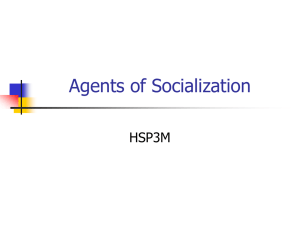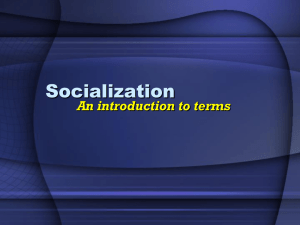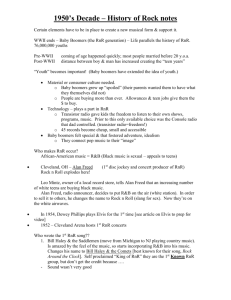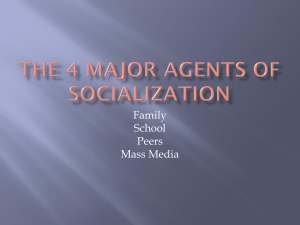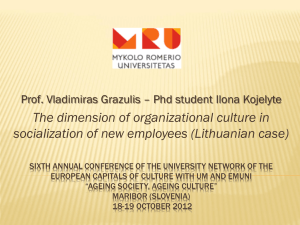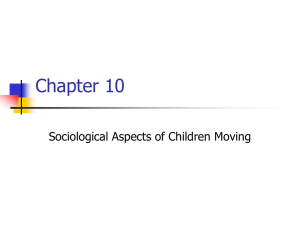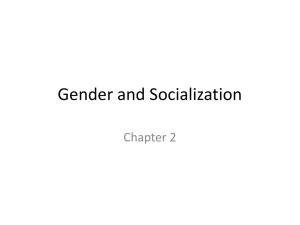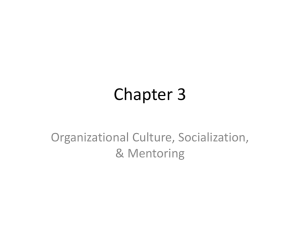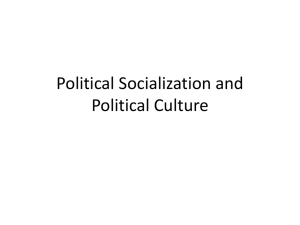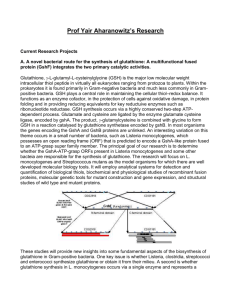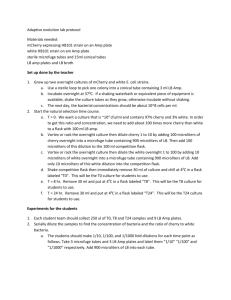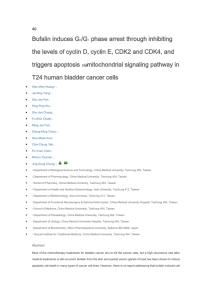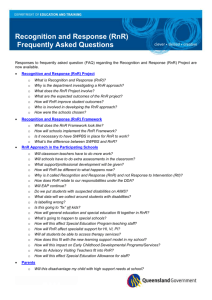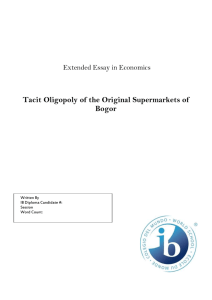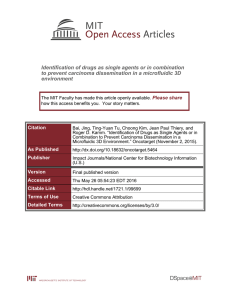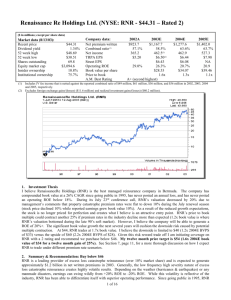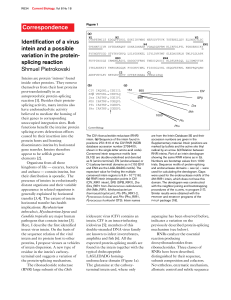A Comparative Study of Adult Popular Music Experience
advertisement
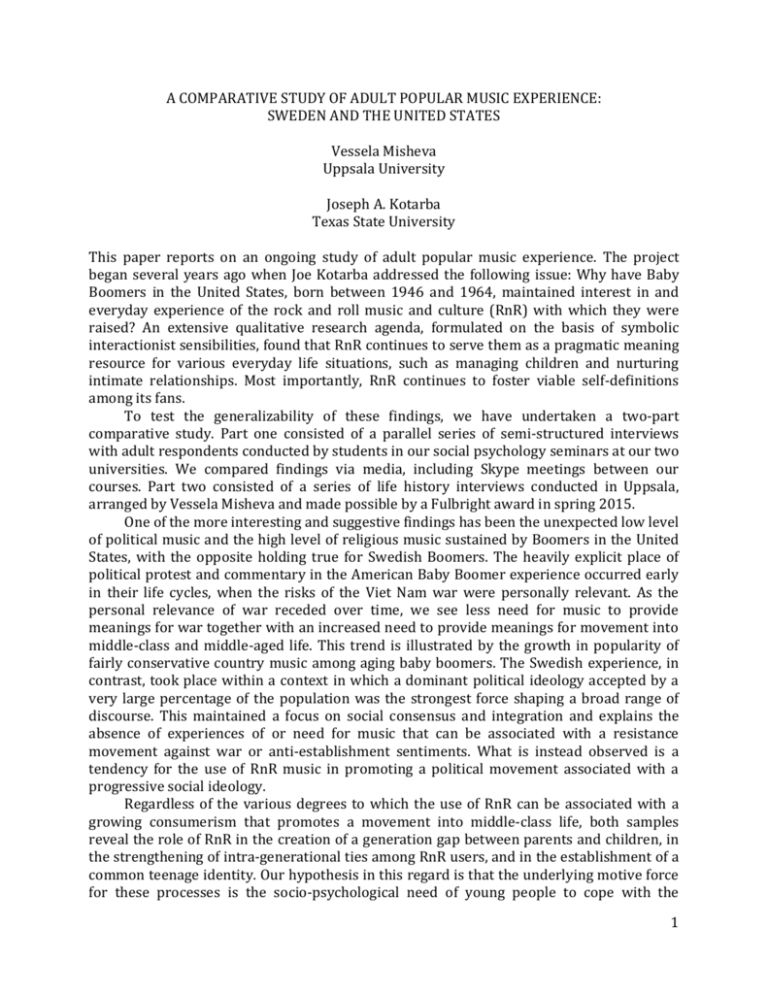
A COMPARATIVE STUDY OF ADULT POPULAR MUSIC EXPERIENCE: SWEDEN AND THE UNITED STATES Vessela Misheva Uppsala University Joseph A. Kotarba Texas State University This paper reports on an ongoing study of adult popular music experience. The project began several years ago when Joe Kotarba addressed the following issue: Why have Baby Boomers in the United States, born between 1946 and 1964, maintained interest in and everyday experience of the rock and roll music and culture (RnR) with which they were raised? An extensive qualitative research agenda, formulated on the basis of symbolic interactionist sensibilities, found that RnR continues to serve them as a pragmatic meaning resource for various everyday life situations, such as managing children and nurturing intimate relationships. Most importantly, RnR continues to foster viable self-definitions among its fans. To test the generalizability of these findings, we have undertaken a two-part comparative study. Part one consisted of a parallel series of semi-structured interviews with adult respondents conducted by students in our social psychology seminars at our two universities. We compared findings via media, including Skype meetings between our courses. Part two consisted of a series of life history interviews conducted in Uppsala, arranged by Vessela Misheva and made possible by a Fulbright award in spring 2015. One of the more interesting and suggestive findings has been the unexpected low level of political music and the high level of religious music sustained by Boomers in the United States, with the opposite holding true for Swedish Boomers. The heavily explicit place of political protest and commentary in the American Baby Boomer experience occurred early in their life cycles, when the risks of the Viet Nam war were personally relevant. As the personal relevance of war receded over time, we see less need for music to provide meanings for war together with an increased need to provide meanings for movement into middle-class and middle-aged life. This trend is illustrated by the growth in popularity of fairly conservative country music among aging baby boomers. The Swedish experience, in contrast, took place within a context in which a dominant political ideology accepted by a very large percentage of the population was the strongest force shaping a broad range of discourse. This maintained a focus on social consensus and integration and explains the absence of experiences of or need for music that can be associated with a resistance movement against war or anti-establishment sentiments. What is instead observed is a tendency for the use of RnR music in promoting a political movement associated with a progressive social ideology. Regardless of the various degrees to which the use of RnR can be associated with a growing consumerism that promotes a movement into middle-class life, both samples reveal the role of RnR in the creation of a generation gap between parents and children, in the strengthening of intra-generational ties among RnR users, and in the establishment of a common teenage identity. Our hypothesis in this regard is that the underlying motive force for these processes is the socio-psychological need of young people to cope with the 1 problem of an increasing separation between the spheres of primary and secondary socialization, which was accelerated by the Cold War and expressed in the incompatibility of their corresponding socialization media (languages). Baby Boomers have often been pointed to as the main driving force of the Revolution of the 1960s and 1970s, which has been described and interpreted in a number of different ways. In the effort to understand that Revolution in a more thorough manner, we define it here as a revolution in socialization media driven by those who were about to enter secondary socialization at that time. It was characterized by the replacement of natural language, taken as a traditional pre-modern medium of socialization, by a modern technologically enhanced medium that combined several languages and art-forms, including music, poetry, and dance. RnR was thus perhaps the first modern multi-linguistic medium of socialization. More significantly, it was created through the active participation of teenage youth around the world, who employed it as the means for a successful transition from childhood to adulthood under the conditions of the growing social complexity associated with the modern world and the subsequent increasing improbability of successful socialization. In order to account for this increasing complexity in our empirical model, we have introduced into our theoretical framework the notion that a birth cohort can serve as an agent of social change as well as elements of the sociological discussion of late modernity. Our data support the assumption that RnR music not only constituted a powerful counterforce to the personal meaninglessness associated with late modernity, but also played an important role in the emergence of the modern individual through a triggering of creativity and an attention to self that was geared towards the construction of selfrewarding personal identities. 2

